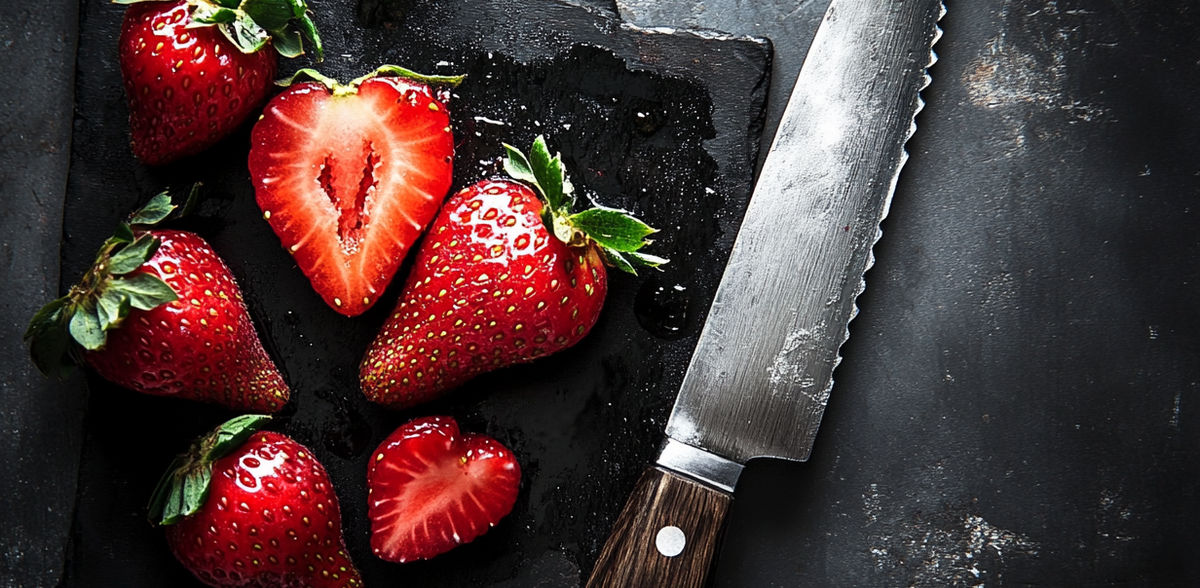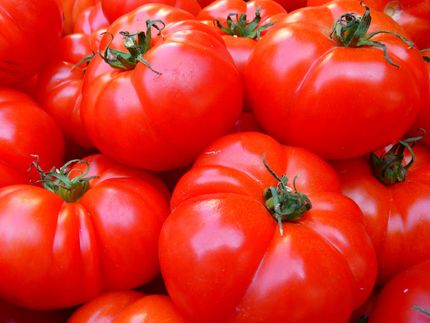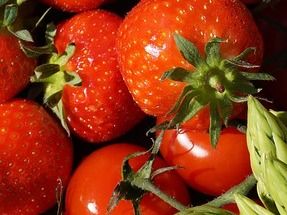A new method predicts the shelf life of strawberries in real time
Based on non-invasive technology, a research group at the University of Cordoba has created a tool to guarantee optimal strawberry quality and minimize food waste

Researchers who carried out the study: Aricia Possas, Fernando Pérez, Laura Rabasco and Francisco Jiménez
University of Córdoba
In 2019 930 million tons of food were wasted in the world, according to the UN. These losses, which occur at different stages of the agri-food chain for economic, aesthetic and product quality reasons, generate between 8 and 10% of greenhouse gas emissions, so reducing food waste is a primary objective for governments and the research community.
Contributing to the solution of the problem, Laura Rabasco, Francisco Jiménez, Arícia Possas and Fernando Pérez, researchers with the HIBRO group at the University of Cordoba, have developed a method that combines different technologies to predict the shelf life of strawberries quickly, in real time, and without doing damage to the fruit.
"The aim of the project was to create an index to predict the quality of strawberries using non-destructive techniques, which is why we used NIRS (Near-Infrared Spectroscopy) technology, which uses reflected light to measure the physicochemical (firmness, weight loss) and microbiological parameters of the strawberry," explained researcher Francisco Jimenez.
A portable spectrophotometer (the apparatus that measures reflectance) capable of measuring both the visible and infrared spectra was used to develop this method. Quality parameters, including color, firmness, weight loss, appearance, and microbial quality were evaluated every three days during the storage of fresh strawberries at different temperatures. Based on this data, "mathematical models were created that are integrated into the Cloud and allow us to make predictions about the shelf life of the strawberry based on the physicochemical parameters that we measured with the spectrophotometer," Jimenez said.
"In the study we tested different temperatures from 5 to 35 degrees, and the idea is for it to be applied within those phases of the chain to extend the shelf life," added researcher Laura Rabasco.
While traditional physical-chemical and microbiological analyses would involve laboratory activity and more time to obtain the results, in addition to damaging the fruit, this technology is non-destructive and decisions can be made in real time (deciding whether a product should come out sooner or later) related to dynamic pricing models in supermarkets, thus adapting the price to the product's shelf life.
"This digital approach uses the information that is collected with the spectrophotometer and sent to the Cloud. The data on the quality of the product is processed and can be used in real time in logistics chains and for decision-making, with the aim of reducing food waste," said Fernando Pérez.
This technology has been tested at Migros stores, the largest fresh food retailer in Turkey, as part of the PRIMA BiofreshCloud project, which aims to promote the circular bioeconomy, extend the shelf life of strawberries and tomatoes, and reduce food waste in pre-harvest and post-harvest phases by taking a digital approach.
Most read news
Topics
Organizations
Other news from the department science

Get the food & beverage industry in your inbox
By submitting this form you agree that LUMITOS AG will send you the newsletter(s) selected above by email. Your data will not be passed on to third parties. Your data will be stored and processed in accordance with our data protection regulations. LUMITOS may contact you by email for the purpose of advertising or market and opinion surveys. You can revoke your consent at any time without giving reasons to LUMITOS AG, Ernst-Augustin-Str. 2, 12489 Berlin, Germany or by e-mail at revoke@lumitos.com with effect for the future. In addition, each email contains a link to unsubscribe from the corresponding newsletter.






























































